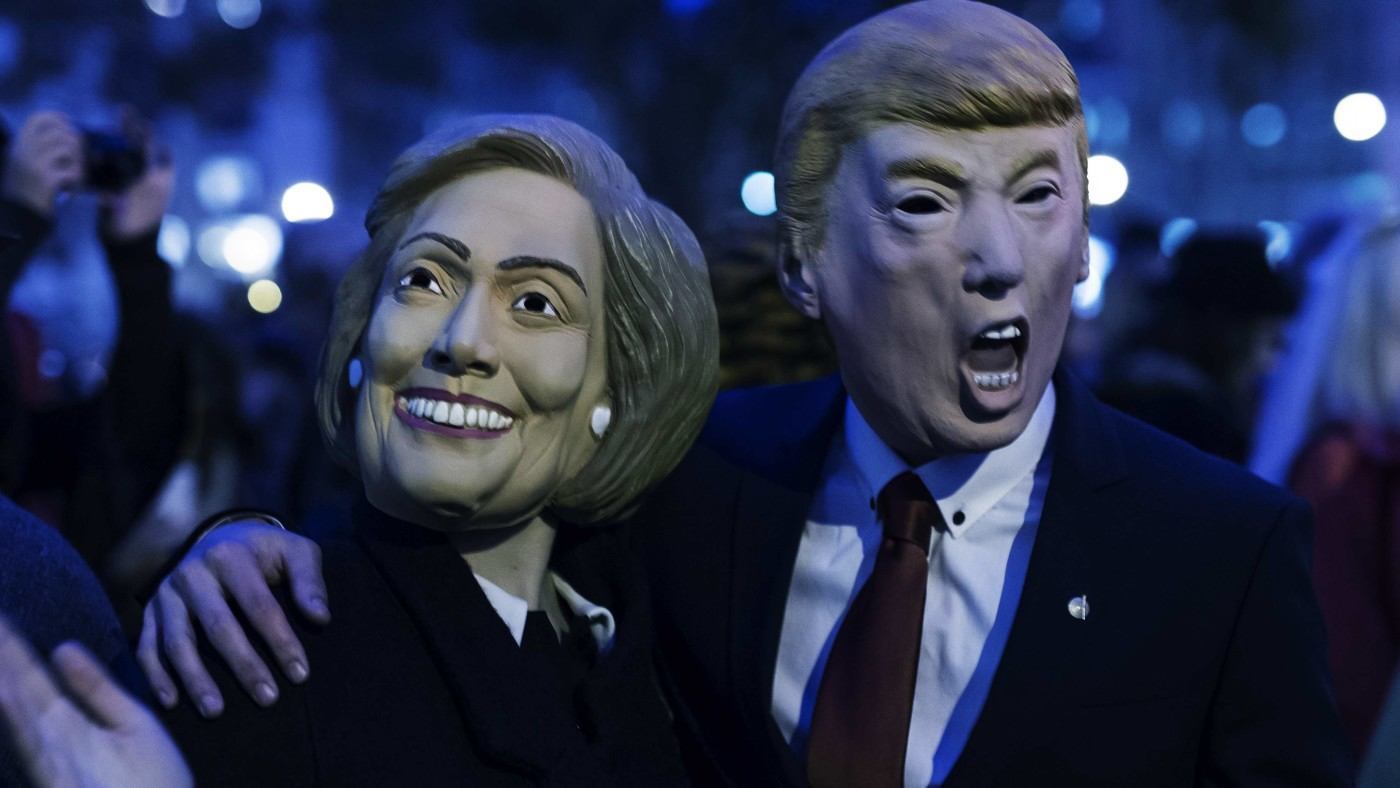Last night in Nevada, record numbers of residents turned out in order to “caucus” for their preferred candidate, with over 73,000 voters showing up at the polls to choose the Republican nominee. Four years ago, the last time a caucus was held, only 32,000 showed up, and four years prior, 44,000. Clearly the excitement was in the air for a certain candidate, and that candidate was Donald Trump.
The candidates running for second and third place, Marco Rubio and Ted Cruz, are both Hispanic Americans, of Cuban descent. Despite that, even among Hispanics, Trump dominated with 45 percent of the vote, to Rubio’s 28 percent and Cruz’s 18 percent. The most shocking numbers of all: Even if Rubio and Cruz, the second and third place finishers combined their votes, they still would have lost to Donald Trump by a few tenths of a percentage point.
Despite this dominating victory, many in the political news media are casting at least some doubt on the veracity of last night’s results. Across the state before caucus locations closed were tales of disorganization and even possible fraud. Voters arrived to their locations to discover there were no actual polls set up, ballots were distributed without IDs, and reports made the rounds of double voting and more. This was anything but a clean election and one the United Nations likely would not have certified had they been asked.
These irregularities, however, do not account for the overwhelming votes of confidence Nevada residents showed for the businessman-turned-entertainer Donald Trump.
While mainstream Republicans once thought that Cruz or Rubio needed to drop out in order to narrow the field to a two-man race, last night’s results indicate that even that might not be enough to stop Trump.
For Democrats, it was widely believed that Trump was the dream candidate to oppose come November. Given the power of super delegates, Hillary Clinton is almost certain to be the Democratic nominee, despite the dead even race between her and Bernie Sanders nationally. Her camp might want to reevaluate that earlier view.
In a November race between Clinton and Trump, the former will face several handicaps: lagging voter enthusiasm and potential devastation with a key voting block: Hispanics.
In Nevada Donald Trump garnered 45 percent of the Hispanic vote even when he faced off against two Hispanic Americans. Ignoring identity politics, Hispanic voters chose a rich white man from New York City instead of the sons of Cuban immigrants. In contrast, Clinton’s camp are contesting reports that she fared far worse among Hispanics than she can afford. For the numbers to add up in a primary race against Sanders, not to mention in a general election, Clinton needed to do far better than she did among Hispanics in Nevada, the first state where large numbers of voters had any skin pigmentation (compared to the mostly all-white states of Iowa and New Hampshire).
Clinton’s campaign has been so flustered by Bernie Sanders’ because of its inability to message on its feet. Just as she never anticipated a Barack Obama surge in 2008, so too was Sanders a surprise. Filled with an old guard of Democratic staffers alongside a 68-year old candidate who has been in the public eye the majority of her adult life, the Clinton team is unable to be nimble or adjust its messaging in a timely fashion, especially since the advent of social media. Ann Althouse argues correctly in my opinion that Clinton would have an even more difficult time facing off against a candidate as unpredictable as Trump.
If Hillary can’t best Sanders, does she have a chance against Trump? What once seemed like a dream matchup for Democrats in Clinton vs. Trump is now looking more nightmarish by the day.


